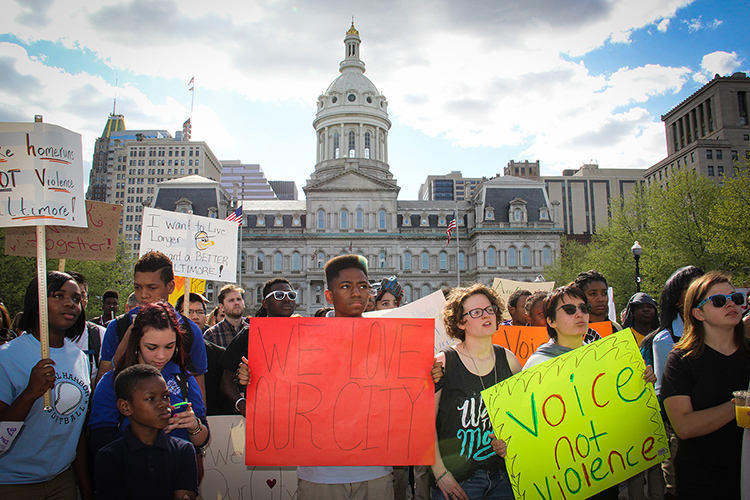
Learning from youth activism: 3 case studies to guide us forward
—
Who do you consult for guidance or confirmation to determine that you are on the best path? We may often look inside ourselves, up to a higher power, or to an experienced guru. Have you considered actively listening to the generation coming along behind us?
Are we listening?
Young people need to be, want to be, and are already involved in creating solutions to many of our most pressing and complicated challenges. Yet even I, as an advocate and career coach for teens and young adults for over 15 years, sometimes forget to pause and learn from those I am guiding.
Recently, I decided to delve behind the news headlines of several inspiring high school students to learn more about their remarkable personal journeys. The three stories address some of today’s most intense, hot-bed social issues that young people are caught smack in the middle of — natural disasters, racism, and gay rights. The life lessons that evolved out of our conversations demonstrate the sparkling reciprocity that can occur when we take the time to hear what the youth of today are trying to tell us.
Lesson #1: Reach as far as you can (and then a bit further)
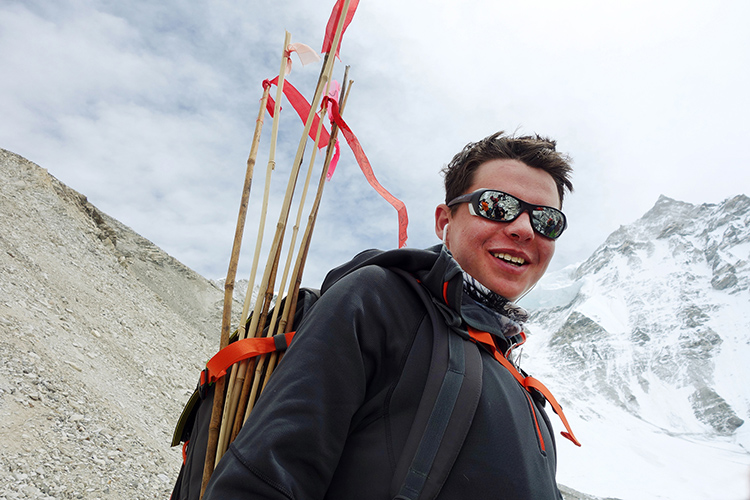
April 25, 2015: Nepal experiences the worst natural disaster in its history. Do you know where your high school-aged son is? For the parents of seventeen-year-old Matt Moniz, the answer is on Mt. Everest, struggling through an avalanche.
The majority of cell towers across Nepal were destroyed after the catastrophic earthquake, which claimed over 9,000 lives, including at least 19 who were on Mt. Everest. When the boulders of snow ceased pounding down the mountain, Matt Moniz was still shaking as he glanced at his phone and realized that he had one bar of cell service. He immediately texted his father a message that he hoped would reach him at their home in Colorado.
“Are you there?”
That text would be the only message that Matt could get through for several days after surviving the avalanche and aftershocks that followed. Those three words, when received by his father, were a huge relief in their confirmation that his son was alive.
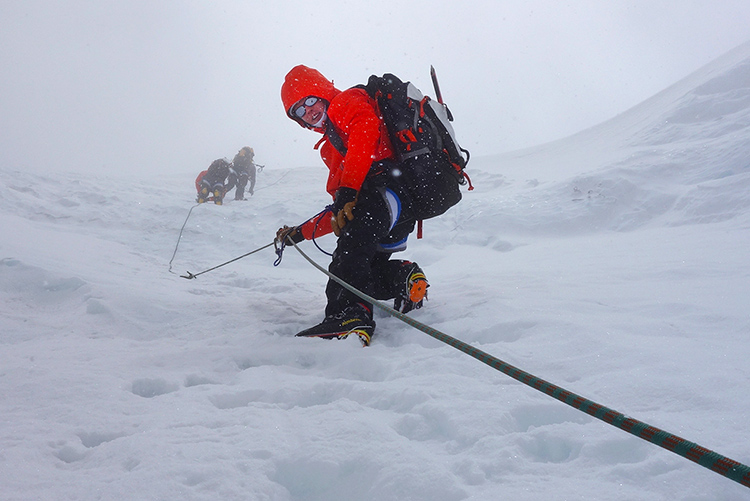
Matt has been an experienced alpinist and humanitarian since a very young age. In fact, he received recognition as “Adventurer of the Year” by National Geographic around age 13 and has raised funding for a number of causes including the prevention of girl trafficking in the Himalaya. He also maintains a captivating blog about his age-defying climbing accomplishments on treacherous mountains, including setting a speed record for completing all 50 of the United States High Points. Even so, no one could have predicted that his struggles on Mt. Everest this time would trigger such a personal transformation and awaken a calling.
When reunited with his father, Matt was presented with two airplane tickets and a choice. One would take him back to the comforts of his family, friends, and stable ground in Colorado. The other ticket would take him to Kathmandu, where major aftershocks persisted, thousands were injured, and many more survivors were suffering without homes, electricity, food, and medicine. “It was a really challenging decision,” Matt recalls, “I had already been gone for three weeks and had experienced so much…
“I was so stressed out with everything. But ultimately I needed to see this entire thing through. So I gave the ticket home back to my dad.”
Matt returned to areas that the Nepal earthquake left in total destruction. Along with his climbing partner, he assisted the relief efforts of the U.N. World Food Program and the International Organization for Migration. After several intense weeks, Matt traveled home and began rallying his community and others to send donations to nepalrising.org.
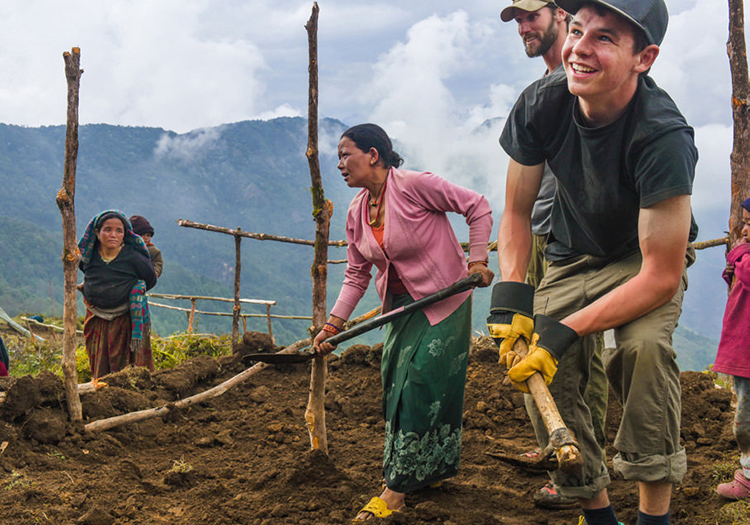
In retrospect, one of Matt’s biggest frustrations during the aftermath of the earthquake was that he was limited in how he could help survivors. He had no professional medical skills. As a result, Matt will soon be taking paramedical courses and plans to return to Nepal in the spring to follow up on the relief initiative that he helped found. His entire climbing team has also put their expeditions on hold for the rest of the year. Instead, they are dedicating their resources to raising funds for the survivors that need support and doing what they can to help people remember the needs of Nepal.
Matt went way beyond his comfort zone and continues to push himself.
The Nepalese people have literally lost every single thing they own, every single one of their worldly possessions, and they are still so thankful and grateful. That is what helped me realize that this is way bigger than me.
~ Matt Moniz
Lesson #2: Heed the call: believe fiercely in your vision
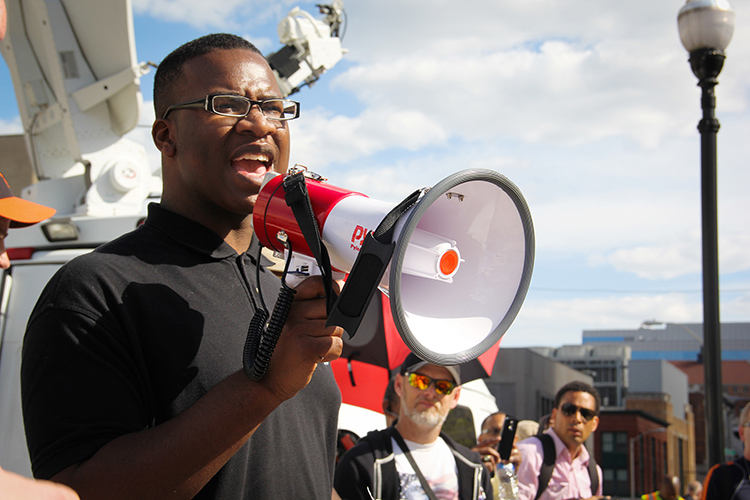
Photograph by Anna McConnell
Only a few days following Nepal’s devastating earthquake, there was a different type of turmoil unfolding across the globe in Baltimore, Maryland. After the arrest and funeral of Freddie Gray, the city was experiencing a catastrophic breakdown of public trust that led to streets brimming with violence. Fortunately, there was another bright light, 17- year-old Darius Craig, bringing inspiration to an overwhelming situation.
The urge to take action started to escalate for Darius when he realized he was only three blocks away from a burning building. As a student leader at Digital Harbor High School, many students were turning to him during the crisis. While the media was filled with images of young black men, reacting to the shooting by throwing rocks, setting fires, looting, and rioting, Darius maintained a different vision.
A powerful idea came to him that would serve as a constructive outlet for many who wanted to get involved but did not know how to proceed.
“I decided, you know what were going to do? We’re going to march!”
He then urged his fellow high school students and peers to use peaceful actions that would show others that young people in Baltimore are “positive citizens.” He contacted several of his friends and told them about his idea for a nonviolent march from their school to city hall. From there, a groundswell of support started to rise from teachers, public workers, and other community members.
All the signs used at the march were made by students. Messages that promoted an Us vs. Them mentality were absent. Instead, they conveyed unity and peace, proclaiming “One Baltimore,” “We Love Baltimore,” and “Voice Not Violence.”
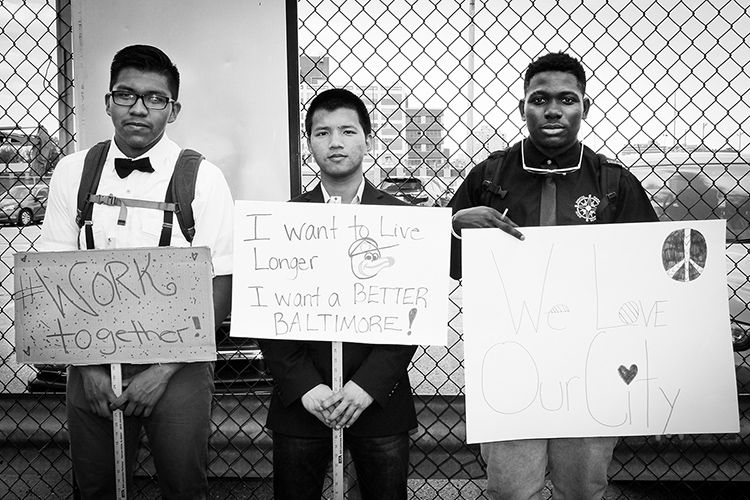
Photograph by Anna McConnell
It was one hour before the planned march when Darius took pen to paper as more inspiration kicked in. When it came to deliver the speech, a connection to something greater than himself took over. Darius realized, “It was more than words. This was my vision. This is what I knew we needed to do at this time. This is what I knew about my city. I love Baltimore and I knew that I had to give the speech in the best way possible.”
Hundreds participated in the march that day. Afterwards, it surprised Darius that people were coming up to him requesting copies of his speech. When he looks back, he remembers…
“As I was delivering it, I noticed that more and more people who didn’t even start out with us became part of the crowd. It was so humbling to me that these people, who didn’t know anything about me and had no prior knowledge about the march, stood there and listened.”
“People from all different spectrums came out. Black. White. Christian. Muslim. Gay. Straight. It was such a unifying moment.”
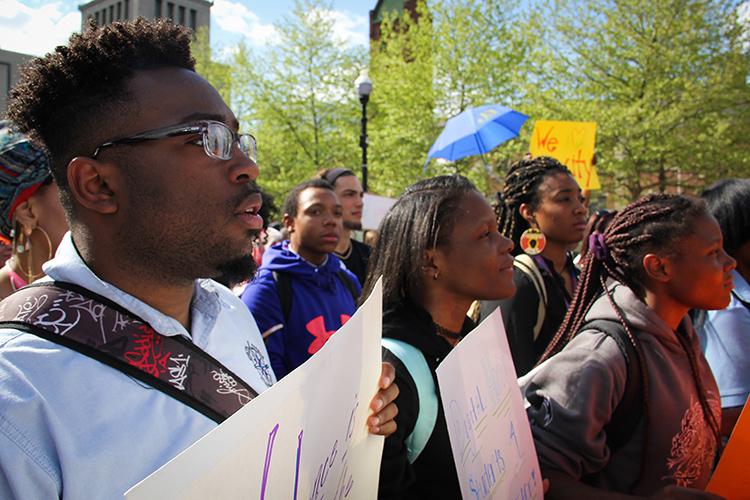
Photograph by Anna McConnell
Darius’ dream is to be a public worker and create a nonprofit to help the under-represented urban youth in Baltimore rise above the stereotypes.
I use my leadership and my voice to help others, and I think that, more than anything else, has pushed me. My voice has gotten me this far and I want to use it to help people go further.
~ Darius Craig
Lesson #3: Be who you are meant to be and allow others to do the same
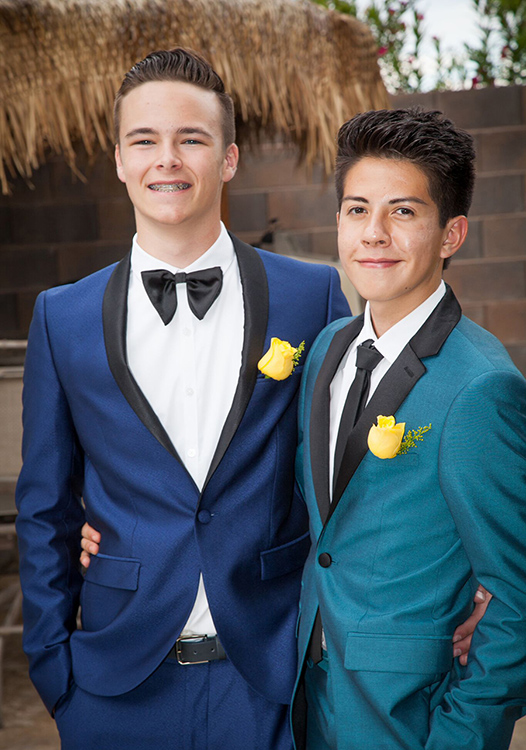
on the day of their prom
At about the same time as the Baltimore events last spring, a pair of best friends in Las Vegas, Nevada, also ignited a new conversation between Jacob Lescenski and Anthony Martinez, two high school students whose strong friendship and absolute acceptance of each other was captured on a video that went viral on the Internet. Jacob, who is straight, asked Anthony, who is gay, to be his prom date. The sign Jacob created for his best friend read, “You’re hella gay, I’m hella str8, but you’re like my brother, so be my date?” The manner in which Jacob surprised his best friend, and the authentic hug the two shared, created a media sensation.
Jacob and Anthony unexpectedly found themselves invited to appear on Ellen and highlighted in the Huffington Post, on CNN, and by Teen Vogue. Shout-outs to them from other celebrities were posted on social media and they were also honored at a Human Rights Campaign Gala for “opening hearts and minds around the world.”
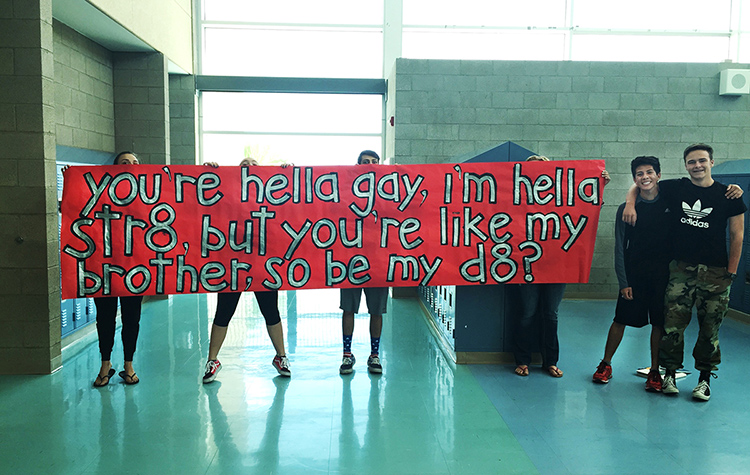
With a gleam of enthusiasm in his eyes, Anthony noted that “It’s been a warm welcoming to see all the open minds and how affected so many people are by it. When this thing first blew up we would get tons of messages such as ‘Thank you so much, I just came out to my family,’ ‘My friends are now accepting me for who I am because they saw this promposal’ and ‘You helped me see how easy it is to be a friend to someone in the LGTB community.’” Jacob grins in agreement but also admits:
Until I hit sophomore year when I met Anthony, I wasn’t for or against gay rights. It wasn’t something I bothered to think about or deal with and I just let people be who they want to be. Then Anthony became my best friend. I learned about the hate he received growing up and the issues he had to go through to get to this point.
~ Jacob Lescenski
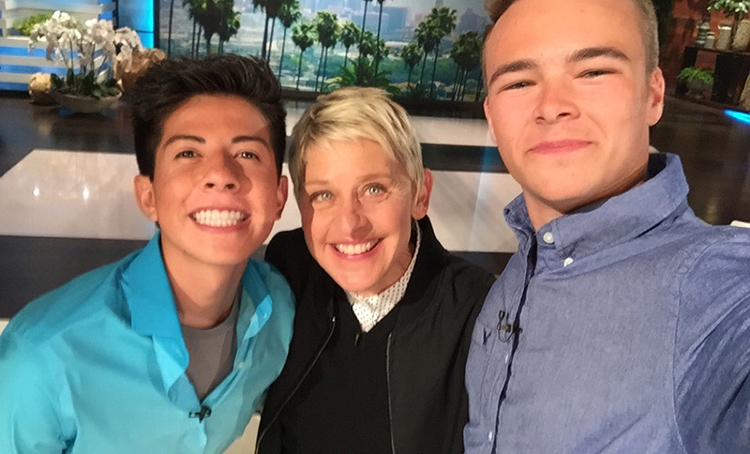
with Ellen DeGeneres
Both teens have been astonished by the support from the public at large. But as Jacob explains about the “promposal” moment…
“We didn’t know people were taking pictures or that it would be that impactful.”
Anthony elaborates further, “It was genuine. We weren’t trying to get popular. I knew Jacob just cared. That hug he gave me — it was a real hug. It wasn’t for a picture. I couldn’t have cared less about that.”
While the widespread attention (and over 2 million YouTube views) has been overwhelming, Jacob and Anthony are determined to stay grounded, true to themselves, and focused on helping others. They are continuing to stay highly involved in leadership opportunities at their school, including the student council, debate team, sports, and other roles where their service focuses on making everyone feel welcome and accepted. They are also dedicating more time to several organizations including aMasongraceproject, Zero Teen Fatalities, and Straight But Not Narrow.
Jacob envisions the possibility of a future where people “accept everyone for who they are.” Anthony is now even more assured that “genuine acts of kindness, whether they are big or small, matter.”
I treasure the life lessons reinforced from sharing time and talking with these four giving, brave, and resilient students. Each reminded me that young people aspire to be included in the current conversations about our society’s best path forward. The voice of youth can help activate others to rise up during an intense time when so many are stuck in fear or other forms of darkness.
All we have to do is be willing to engage and listen.
Are you there?
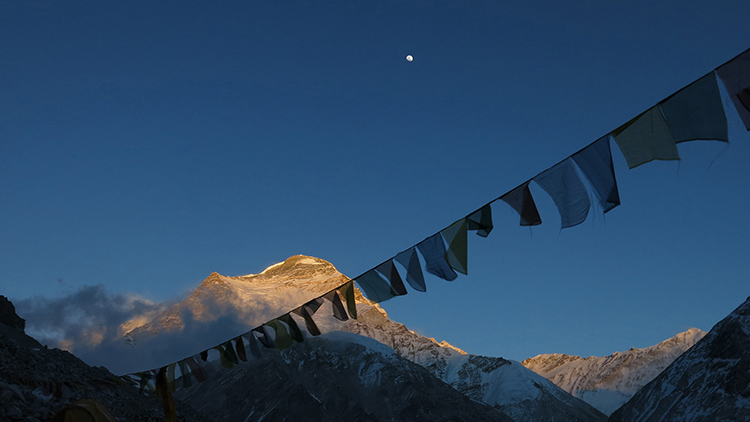
from Advance Basecamp on the eve of Matt Moniz’s summit push.
You may also enjoy reading 4 reasons we need youth as the leaders of today by Steven Culbertson